Legal and Regulatory Framework: The airport environment, as a central hub for international and domestic transportation, plays a pivotal role in global connectivity. Ensuring safety, efficiency, and the smooth operation of airports is of utmost importance. Consequently, there’s a comprehensive legal and regulatory framework that underpins the airport environment. This article delves into the primary legal constructs, regulatory bodies, and key provisions that shape the airport environment.
Legal and Regulatory Framework: Understanding the Airport Environment

1. Introduction
Airports are more than just terminals and runways. They are intricate systems involving multiple stakeholders – from airlines and ground handlers to retailers and passengers. Governing these complex entities requires an in-depth framework that aligns with international standards while catering to domestic requirements.
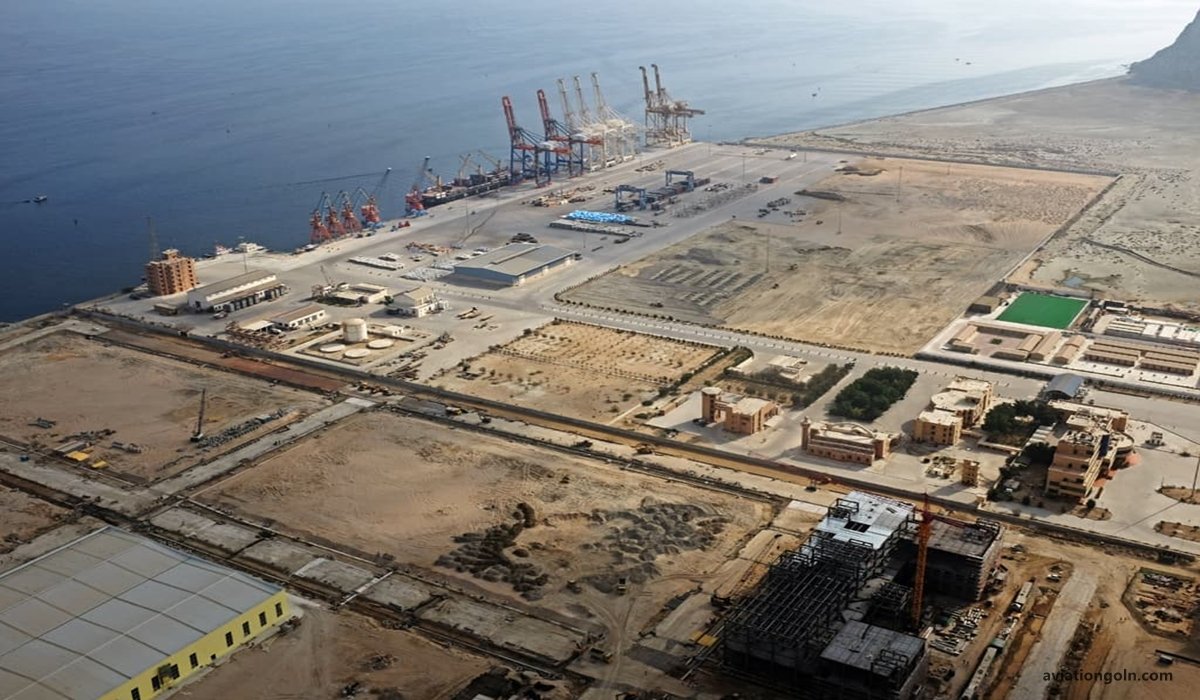
2. Key International Bodies & Conventions
2.1. International Civil Aviation Organization (ICAO)
Established in 1944 via the Convention on International Civil Aviation, commonly referred to as the ‘Chicago Convention’, ICAO is a specialized agency of the United Nations. It sets international standards and regulations for aviation safety, security, efficiency, and regularity.
2.2. Airport Council International (ACI)
A global trade representative of the world’s airports, ACI ensures collaboration among its member airports and stakeholders. It plays a consultative role, providing inputs to ICAO on various policies and standards.

3. Legal Framework
3.1. The Chicago Convention
This foundational treaty has 192 member states, including most of the UN member nations. Key provisions include:
- Sovereignty: Each country has complete sovereignty over the airspace above its territory.
- Non-discrimination: Member states must grant equal privileges to other member states in terms of airport usage.
- Safety: Countries are obligated to collaborate in advancing aviation safety by adhering to the standards set by ICAO.
3.2. Bilateral Air Service Agreements (BASAs)
Countries often negotiate BASAs to determine the number of services between their territories, the airlines that will operate, the capacity, and more.
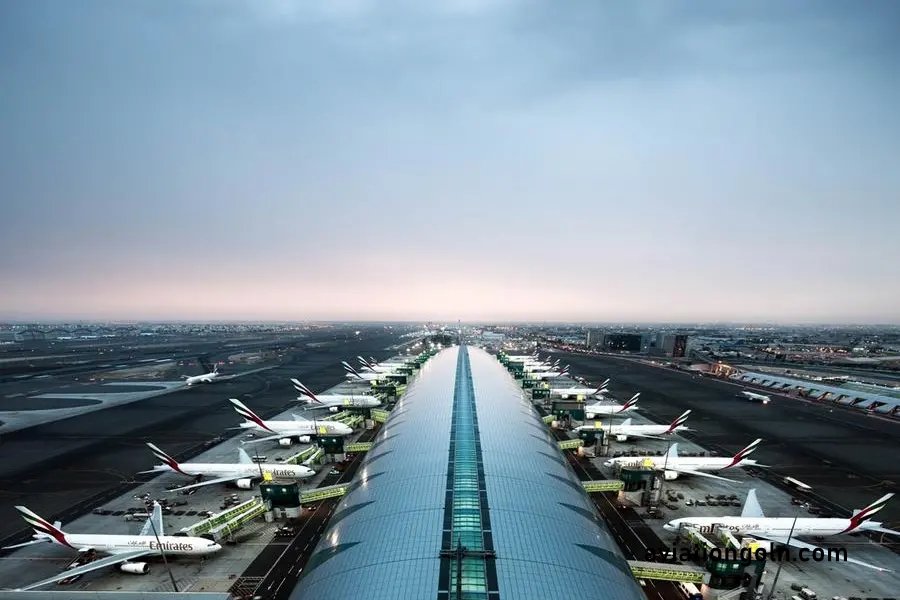
4. National Regulations
While international agreements provide a broader framework, each country has its unique set of regulations to govern its airports. For instance:

- The US has the Federal Aviation Administration (FAA) overseeing its airport operations.
- In the UK, the Civil Aviation Authority (CAA) takes charge.
- India operates under the Directorate General of Civil Aviation (DGCA).
These entities regulate everything from airport construction, maintenance, operations, safety protocols, to interactions with various stakeholders.
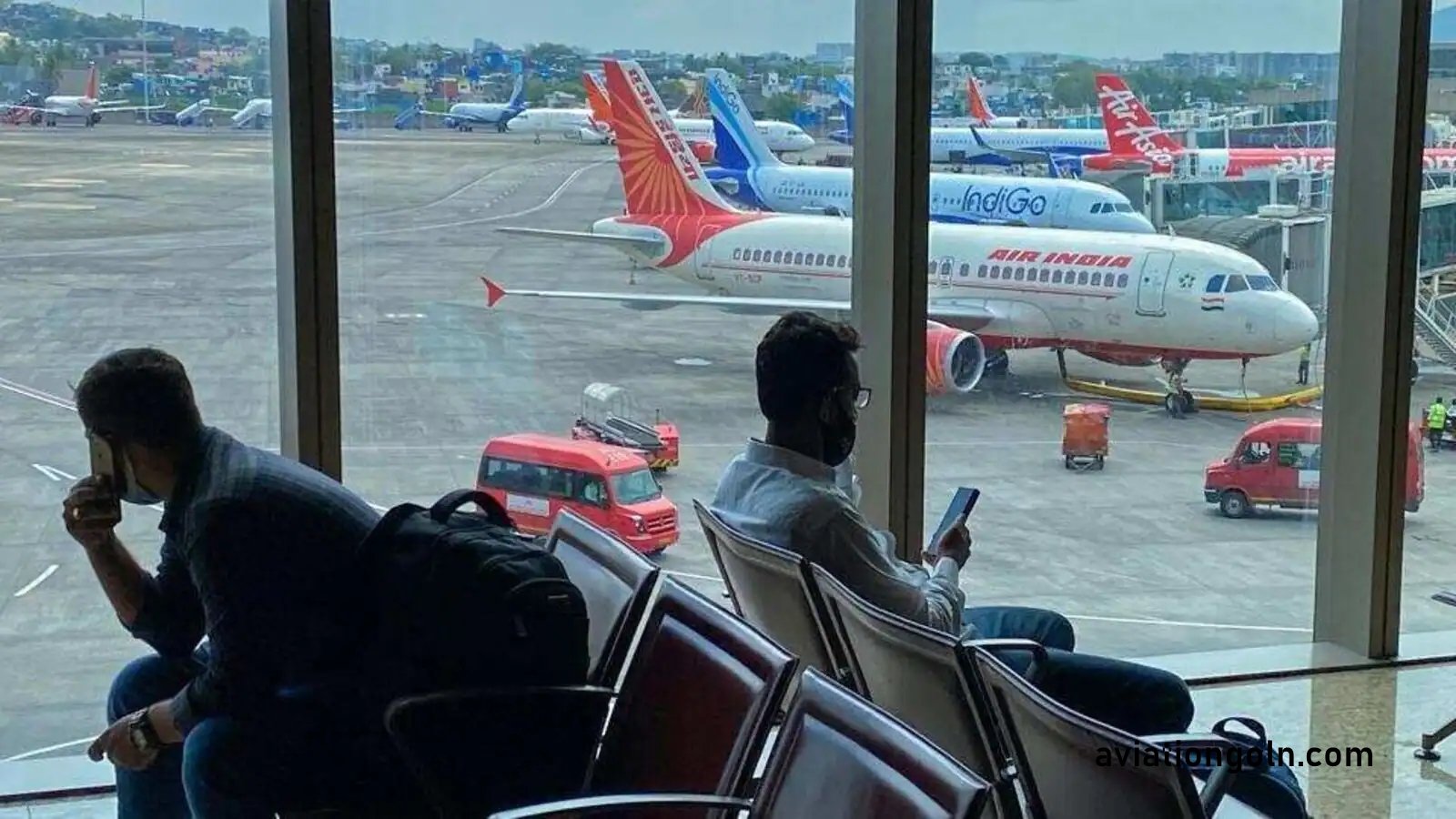
5. Operational Directives
5.1. Safety Standards
These standards cover various aspects, such as:
- Air Traffic Control (ATC): To manage the movement of aircraft within the airport’s airspace and on the ground.
- Aerodrome design: Standards for runways, taxiways, terminals, and more.
- Emergency protocols: Procedures in case of accidents, fires, or other emergencies.
5.2. Security Protocols
Post the tragic events of 9/11, airport security became a heightened focus. Regulatory bodies worldwide have set stringent security measures, such as passenger screening, cargo inspection, and continuous surveillance.
5.3. Environmental Regulations
With growing concerns about climate change, airports are required to adhere to environmental standards. This includes noise control, emissions reduction, and waste management.

6. Rights and Responsibilities of Stakeholders
6.1. Airlines
- Adhere to the slots allotted.
- Comply with safety and security regulations.
- Pay airport charges and fees.
6.2. Passengers
- Respect airport and airline rules, including security checks and baggage limits.
- Adhere to immigration and customs regulations.
6.3. Airport Operators
- Ensure the airport meets ICAO safety and security standards.
- Maintain infrastructural facilities.
- Provide necessary facilities to airlines and passengers.
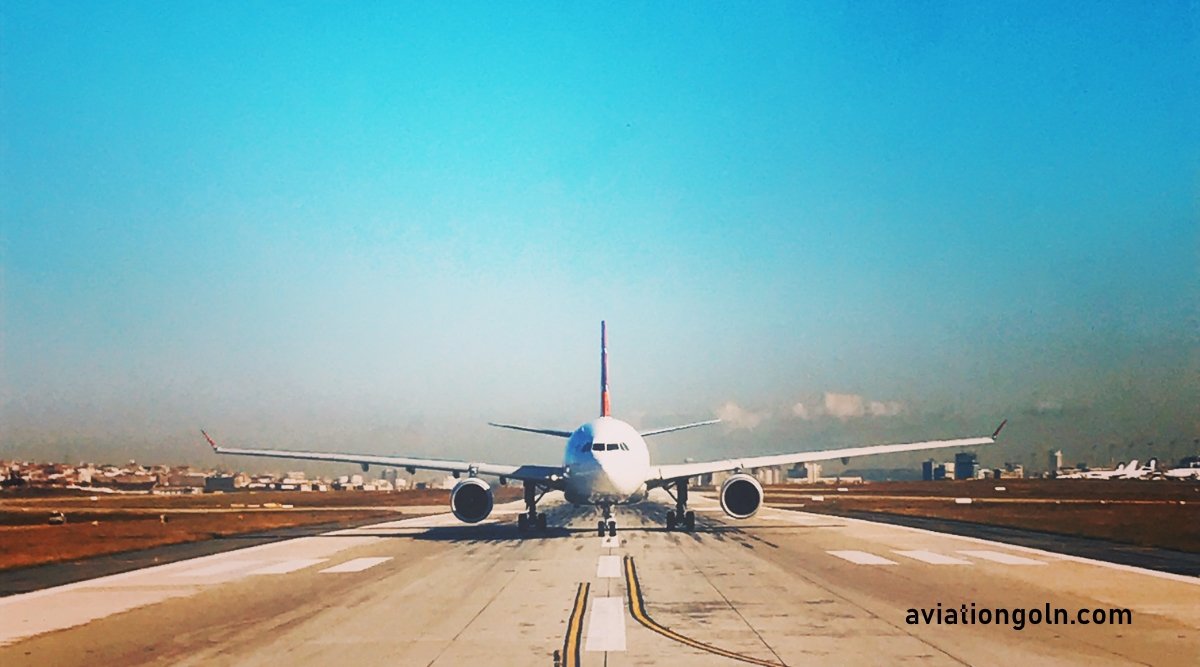
7. Challenges and Contemporary Issues
Airports, today, face a myriad of challenges:
- Infrastructure: Rapid growth in global air travel requires airports to constantly upgrade and expand, necessitating huge investments.
- Sustainability: The need to balance growth with environmental concerns.
- Technological Disruptions: Innovations, such as drones, challenge the existing regulatory framework.
- Health and Pandemics: The recent COVID-19 crisis underscored the need for robust health protocols in airports.
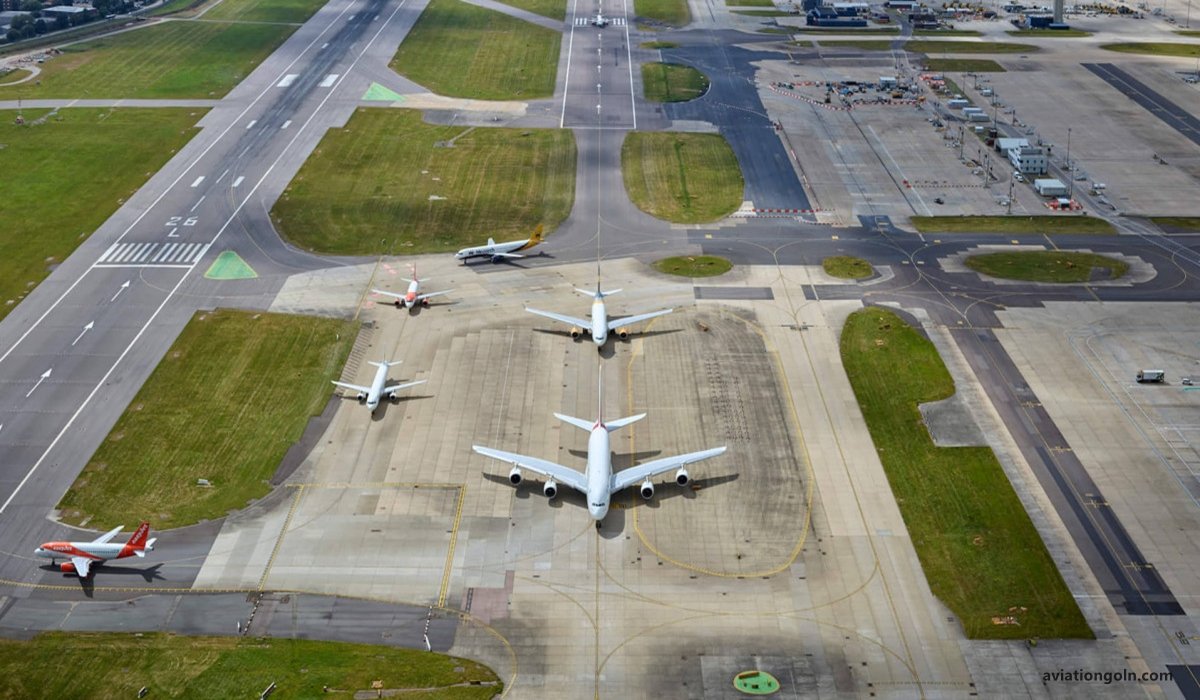
The airport environment, being a nexus of global movement, needs a robust legal and regulatory framework. While international conventions and bodies like ICAO provide overarching standards, national regulations cater to country-specific requirements. As the aviation industry continues to evolve, this framework will play a crucial role in shaping its future, ensuring safety, efficiency, and sustainability.
